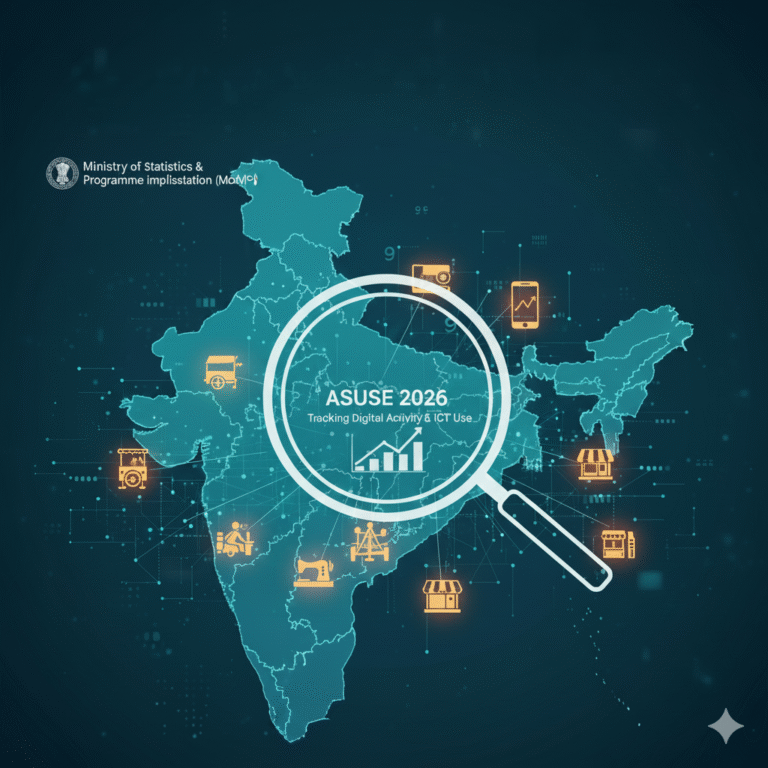Gurugram, the Millennium City, is now battling a festering crisis that’s impossible to ignore—uncollected garbage piling up in neighborhoods such as Sector 21. With sanitation workers reportedly fleeing, vast stretches of the city are left without basic waste removal, posing severe risks to public health and the environment. This alarming situation persists even after crores have been invested under the SWEEP (Solid Waste Environmental Excellence Performance) programme, raising serious questions about manpower, monitoring, and governance.
The Mounting Garbage Problem
- Abandoned Waste: Across Gurugram, entire neighborhoods—especially Sector 21—face scenes of garbage spilling over footpaths, choked drains, and open roads.
- Sanitation Workers Absent: Hundreds of municipal sanitation workers are reportedly missing, allegedly fleeing their posts. This has created an acute manpower crisis just as the monsoon season compounds cleanliness and hygiene worries.
- SWEEP Under Scrutiny: Despite the promise and funding of the SWEEP programme, there’s little evidence on the ground of systematic waste management or efficient oversight.
Key Issues at a Glance
| Issue | Impact |
|---|---|
| No Waste Collection | Garbage piles up, attracting rodents, stray animals, and pests |
| Health Hazards | Breeding ground for vector-borne diseases like dengue, malaria, and gastrointestinal ailments |
| Civic Inconvenience | Residents forced to navigate garbage-laden streets; foul odors dominate neighborhoods |
| Environmental Degradation | Leachate and plastic waste seep into the soil and water supply lines |
| Accountability Gap | Lack of action despite significant SWEEP funding and “smart city” claims |
Public Health and Environmental Concerns
- Disease Outbreaks: Stagnant waste and monsoon conditions create a perfect breeding ground for mosquitoes, raising the risk of outbreaks.
- Air and Soil Quality: Burning or decaying garbage releases hazardous gases and contaminates local air, while leachate pollutes soil and groundwater.
- Psychological Impact: Pervasive filth and collapse of basic services erode community morale and overall quality of life.
Why the SWEEP Programme Isn’t Delivering
- Funds Without Focus: Crores allocated for mechanized cleaning, improved infrastructure, and door-to-door collection have not translated into sustained delivery.
- Manpower Shortages: Chronic absenteeism, lack of worker protection, and labor disputes cripple operations.
- Weak Accountability: With no real penalties for non-performance and gaps in monitoring, contractors and officials evade responsibility.
What Needs to Happen Next?
For a real turnaround, Gurugram must:
- Restore Workforce: Urgently resolve workers’ grievances and deploy more permanent staff on the ground.
- Community Engagement: Support local RWAs (Resident Welfare Associations) to monitor, report, and escalate sanitation lapses.
- Digital Monitoring: Use available funds for digital tracking of waste collection vehicles, worker attendance, and grievance redressal.
- Transparent Audits: Initiate regular third-party audits and make SWEEP’s spending, outcomes, and lapses public.
- Environmental Safeguards: Enforce strict penalties for illegal dumping and coordinate with health departments to prevent outbreaks.
Conclusion: Cleaning Up More than Just Streets
Gurugram’s garbage crisis is not merely an eyesore—it is a test of governance, accountability, and civic responsibility. As waste mounts and health risks escalate, residents and the administration must demand and deliver action—not excuses. The success of SWEEP and similar programmes hinges not on the crores spent, but on transparent, daily execution. Only then can Gurugram reclaim its status as a model city and ensure safe, livable neighborhoods for all.









+ There are no comments
Add yours